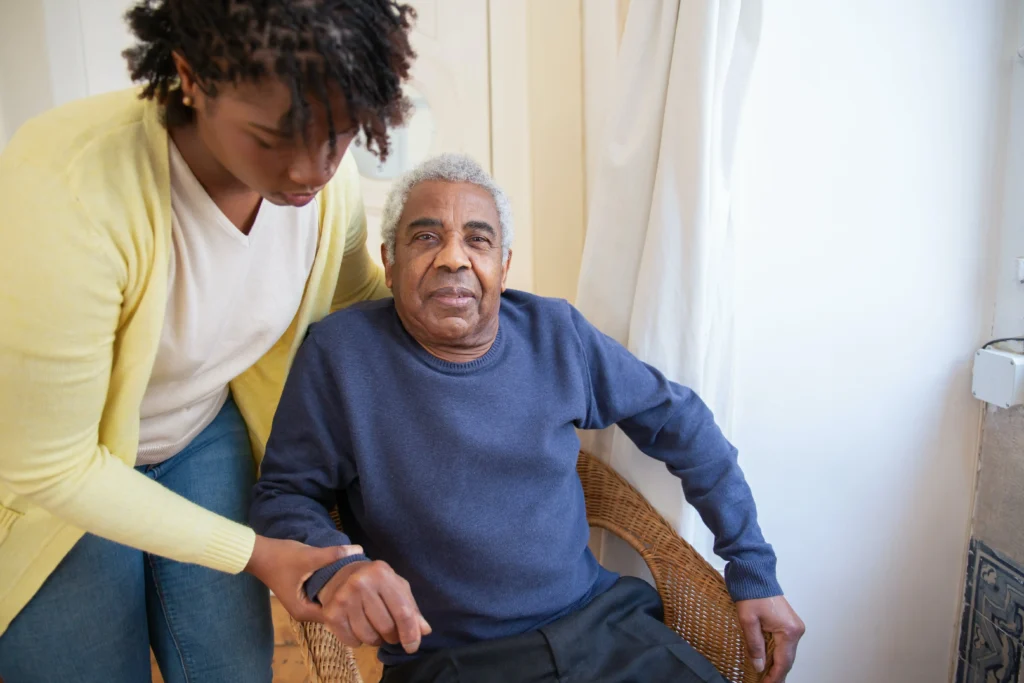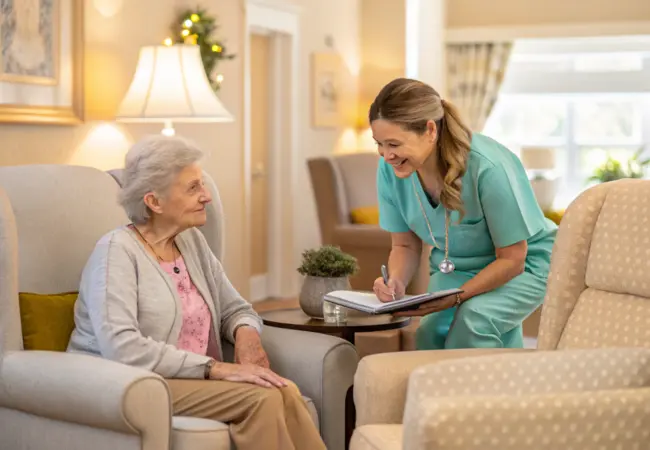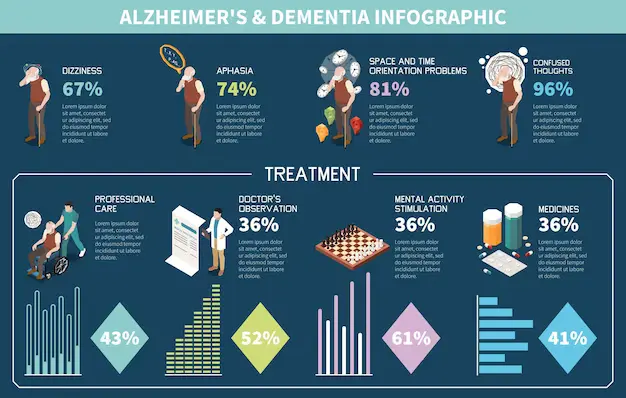Caring For Stroke Patients: Tips and Expert Advice.
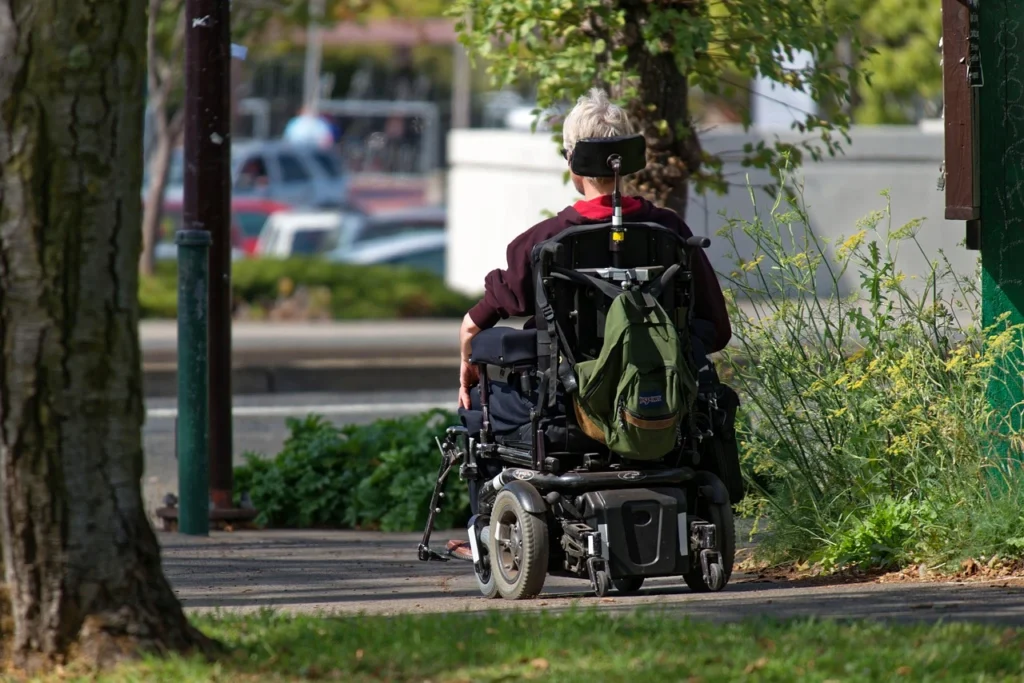
- Introduction
- Stroke Symptoms
- Understanding Stroke and Its Impact
- Preparing for the Caregiving Journey
- Enhancing Physical Rehabilitation and Stroke Therapy
- Nurturing Emotional Well-being for Both Caregivers and Patients
- Helping Stroke Patients Regain Independence and Quality of Life
- Summary
- Frequently Asked Questions (FAQs)
Introduction
This post may contain affiliate links, meaning I may earn a commission if you make a purchase, at no extra cost to you. I only recommend products I trust. Thank you for your support.
Caring for stroke patients requires a unique set of skills and knowledge. In this comprehensive guide, I will share tips and expert advice for caregivers, empowering them to provide the best possible care for their loved ones. Explore the common symptoms of stroke, emphasizing quick recognition for prompt medical attention. Knowing the signs enables caregivers to act swiftly and decisively.
Stroke Symptoms
Stroke symptoms can vary, but common signs include:
Sudden Numbness or Weakness: Particularly on one side of the face, arm, or leg. This may affect the entire side or just part of it.
Confusion: Difficulty understanding or speaking. Sudden confusion, trouble speaking, or difficulty comprehending language may occur.
Trouble Walking: Sudden dizziness, loss of balance, or difficulty walking. Coordination and balance problems may arise.
Severe Headache: A sudden and severe headache without an apparent cause.
It’s crucial to recognize these symptoms promptly. If you or someone around you experiences these signs, seek immediate medical attention. Remember the acronym FAST:
- F (Face): Ask the person to smile. Does one side of their face droop?
- A (Arms): Ask them to raise both arms. Does one arm drift downward?
- S (Speech): Ask them to repeat a simple phrase. Is their speech slurred or strange?
- T (Time): If you observe any of these signs, it’s time to call emergency services.
Early intervention is vital for better outcomes in stroke cases.
Understanding Stroke and Its Impact
Definition and Causes of Stroke
Stroke is a medical condition that occurs when the blood supply to the brain is disrupted, leading to brain cell damage. It can have long-lasting effects on a person’s physical and cognitive abilities.
There are three main types of strokes: ischemic stroke, hemorrhagic stroke, and transient ischemic attack (TIA).
- Ischemic Stroke: This is the most common type of stroke, caused by a blockage in a blood vessel supplying blood to the brain.
- Hemorrhagic Stroke: Less common, this type of stroke occurs when a weakened blood vessel ruptures, leading to bleeding in the brain.
- Transient Ischemic Attack (TIA): Often referred to as a mini-stroke, TIA is a temporary disruption of blood flow to the brain, resulting in temporary symptoms similar to a stroke.
Consequences and Challenges Faced by Stroke Patients
Stroke can have severe consequences for individuals, affecting their physical, cognitive, and emotional well-being.
Physical Impairments: Stroke patients may experience paralysis or weakness on one side of the body, difficulty with coordination and balance, and challenges with walking or performing everyday tasks.
Cognitive and Emotional Effects: Many stroke survivors experience changes in memory, attention, and reasoning. They may also face emotional challenges such as depression, anxiety, or mood swings.
Communication Difficulties: Stroke can impair a person’s ability to speak, understand language, or express themselves effectively.
Preparing for the Caregiving Journey
Creating a Supportive Environment
Modifying the home for safety and accessibility is essential for stroke patients. Remove tripping hazards, install grab bars and handrails, and consider widening doorways for wheelchair accessibility.
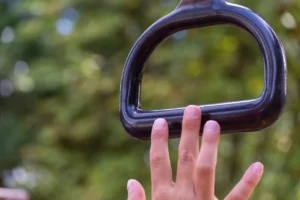
Assisting with personal care and daily activities becomes crucial. Help with activities such as bathing, dressing, and grooming, while encouraging independence whenever possible.
Emotional support and encouragement are vital for stroke patients. Foster a positive and motivating environment by praising achievements and providing reassurance.
Understanding the Caregiver’s Role
Caregivers must identify and manage caregiver stress to ensure their well-being. Engage in stress-reducing activities like exercise, meditation, or seeking support from friends and family.
Establish a care plan and schedule assistance to maintain a balance between caregiving responsibilities and personal life. Delegate tasks and seek help from other family members or friends whenever necessary.
Seek caregiver support groups and resources as they provide a platform for sharing experiences, gaining knowledge, and receiving emotional support.
Collaborating with Healthcare Professionals
Building effective communication with the medical team is crucial for caregivers. Stay informed about the patient’s medical condition, treatment plan, and potential complications.
Understand medications and their management. Keep track of medications, recognize any side effects, and ensure proper administration techniques.
Regular consultations and follow-up care are essential to monitor the patient’s progress and address any emerging issues.
Enhancing Physical Rehabilitation and Stroke Therapy
Rehabilitation Techniques for Stroke Patients
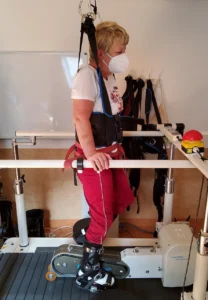
Physical therapy plays a critical role in improving mobility and balance for stroke patients. Physical therapists use exercises and techniques to help patients regain strength, coordination, and range of motion.
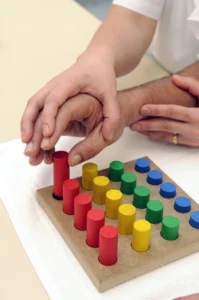
Occupational therapy focuses on enhancing patients’ abilities to perform everyday activities. Therapists work with stroke patients to improve their independence in activities such as dressing, eating, and bathing.
Speech therapy helps stroke patients with language and swallowing difficulties. Speech therapists use exercises and techniques to improve communication skills and ensure safe swallowing.
Assisting with Medication Management
Medication adherence and proper administration techniques are crucial for stroke patients. Use pill organizers, reminders, or smartphone apps to help patients remember to take their medications as prescribed.
Recognizing and managing medication side effects is important. Stay vigilant for any adverse reactions and promptly consult healthcare professionals if concerns arise.
Regular medical checkups and preventive care are essential to monitor the patient’s health, address potential issues, and prevent further complications.
Encouraging a Healthy Lifestyle for Stroke Patients
Appropriate nutrition and diet recommendations can support stroke recovery. Consult a dietitian to develop a meal plan that is low in saturated fats, sodium, and high in fruits, vegetables, whole grains, and lean proteins.
Physical exercises tailored to the patient’s abilities can promote strength and flexibility. Encourage activities like walking, stretching, or seated exercises to improve overall fitness.
Social engagement and mental stimulation are crucial for stroke patients. Encourage participation in group activities, hobbies, or engaging in conversation with loved ones.
Nurturing Emotional Well-being for Both Caregivers and Patients
Managing Emotional Challenges
Recognizing and addressing post-stroke depression is essential. Seek professional help if the patient experiences persistent feelings of sadness, hopelessness, or loss of interest in activities.
Coping with feelings of frustration and helplessness is common for both stroke patients and caregivers. Engaging in stress-reducing activities, seeking support from friends or support groups, and practicing relaxation techniques can be beneficial.
Seeking emotional support and counseling is not a sign of weakness but a valuable resource for both caregivers and stroke patients. Therapists or support groups can provide guidance, coping strategies, and a safe space to express emotions.
Promoting Social Connections and Activities
Encouraging stroke patients to participate in support groups can facilitate social connections with individuals facing similar challenges. Sharing experiences and advice can improve emotional well-being.
Maintaining relationships and engaging in hobbies can bring joy and a sense of normalcy to stroke patients’ lives. Encourage social interactions with friends and family, and support engagement in activities the patient enjoys.
Involving the community and creating a support network can provide additional resources and assistance. Seek help from local organizations, religious groups, or community centers to access support networks.
Practicing Self-Care as a Caregiver
Implement self-care strategies to prevent burnout. Take breaks, engage in activities that recharge your energy, and prioritize your mental and physical well-being.
Balancing responsibilities and personal time is crucial. Seek assistance from family, friends, or respite care services to give yourself time to recharge and pursue your interests.
Consider seeking respite care and professional support when needed. Respite care services can provide temporary relief by taking over caregiving duties, allowing you to rest and rejuvenate.
Helping Stroke Patients Regain Independence and Quality of Life
Supporting Cognitive Rehabilitation
Memory enhancement techniques and strategies, such as the use of memory aids, repetition, and visualization exercises, can help stroke patients improve their memory and cognitive skills.
Improving attention and concentration skills can be achieved through activities that require focus, such as reading, puzzles, or memory games.
Assistive devices can maximize a stroke patient’s independence. Devices like grab bars, walking aids, or specialized utensils can help with daily tasks and make everyday activities more manageable.
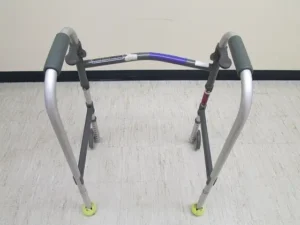
Adaptive Strategies for Everyday Challenges
Addressing communication and speech difficulties is crucial. Encourage the patient to practice speech exercises recommended by a speech therapist and explore alternative communication methods like using technology.
Assistance with mobility and transportation needs is vital. Evaluate options like wheelchairs, walkers, or accessible transportation services to support the patient’s mobility.
Finding innovative solutions for specific impairments can improve a stroke patient’s quality of life. Consult with occupational therapists or rehabilitation specialists to identify specialized devices or techniques.
Transitioning to Home and Community Life
Planning and implementing a safe and smooth transition from hospital or rehabilitation facility to home is essential. Evaluate the home environment for accessibility, install assistive devices, and arrange for necessary equipment.
Home modifications for accessibility and convenience can enhance the stroke patient’s independence and safety. This may include installing ramps, handrails, or adapting bathrooms and kitchens.
Resuming daily activities and social integration is crucial for a stroke patient’s overall well-being. Encourage participation in community activities, hobbies, and engage with neighbors or local groups.
Summary
Caring for stroke patients can be a complex and challenging journey, both for the patient and their caregivers. This comprehensive guide offers essential tips and expert advice to empower caregivers in providing effective care and support. Starting from understanding stroke and its impact, preparing for the caregiving journey, enhancing physical rehabilitation and care, nurturing emotional well-being, to helping stroke patients regain independence, each section of the article addresses crucial aspects of the caregiving process. By following these practical tips and utilizing expert advice, caregivers can provide the best possible care, ensuring both the patient and themselves experience a higher quality of life.
Having previously cared for an elderly stroke patient, I possess valuable experience (check out my services) in effectively managing individuals with similar conditions. If you are seeking a professional and certified caregiver, please feel free to contact me for further discussions.
Crohn’s Disease Diet Plan: What to Eat and What to Avoid
Learn more about diabetic meal plan, comfort care or palliative care, hospice care, alzheimer and dementia, spastic quadriplegia cerebral palsy, dysplasia, COPD and online nursing programs.
Frequently Asked Questions (FAQs)
What are the main symptoms of stroke that caregivers should watch out for?
- Sudden weakness or numbness on one side of the body
- Difficulty speaking and understanding
- Severe headache and dizziness
Are there any assistive devices available to help stroke patients regain independence?
Yes, there are various assistive devices designed to aid stroke patients in regaining independence. These include mobility aids like walkers and canes, adaptive tools for daily activities, and communication devices for those with speech difficulties. Consult with healthcare professionals to determine the most suitable devices based on individual needs.
What signs indicate improvement in a stroke patient’s condition?
Signs of improvement vary but may include increased strength, improved mobility, and enhanced communication skills. Consult with healthcare professionals for a tailored assessment.
What are some common emotional challenges faced by stroke patients and caregivers, and how can they be addressed?
Common emotional challenges for stroke patients may include frustration, depression, and anxiety due to changes in abilities. Caregivers often experience stress and emotional exhaustion. Addressing these challenges involves open communication, seeking support from healthcare professionals, joining support groups, and prioritizing mental health. Encouraging activities that bring joy and maintaining a positive environment can also help.
How can rehabilitation techniques like physical, occupational, and speech therapy benefit stroke patients?
Rehabilitation techniques play a crucial role in the recovery of stroke patients.
- Physical therapy: Helps improve mobility, strength, and coordination.
- Occupational therapy: Focuses on daily activities, making them more manageable.
- Speech therapy: Aids in recovering communication skills. These therapies are tailored to individual needs, promoting independence and enhancing overall quality of life for stroke survivors. Regular sessions, combined with a supportive caregiving environment, contribute significantly to positive outcomes.
